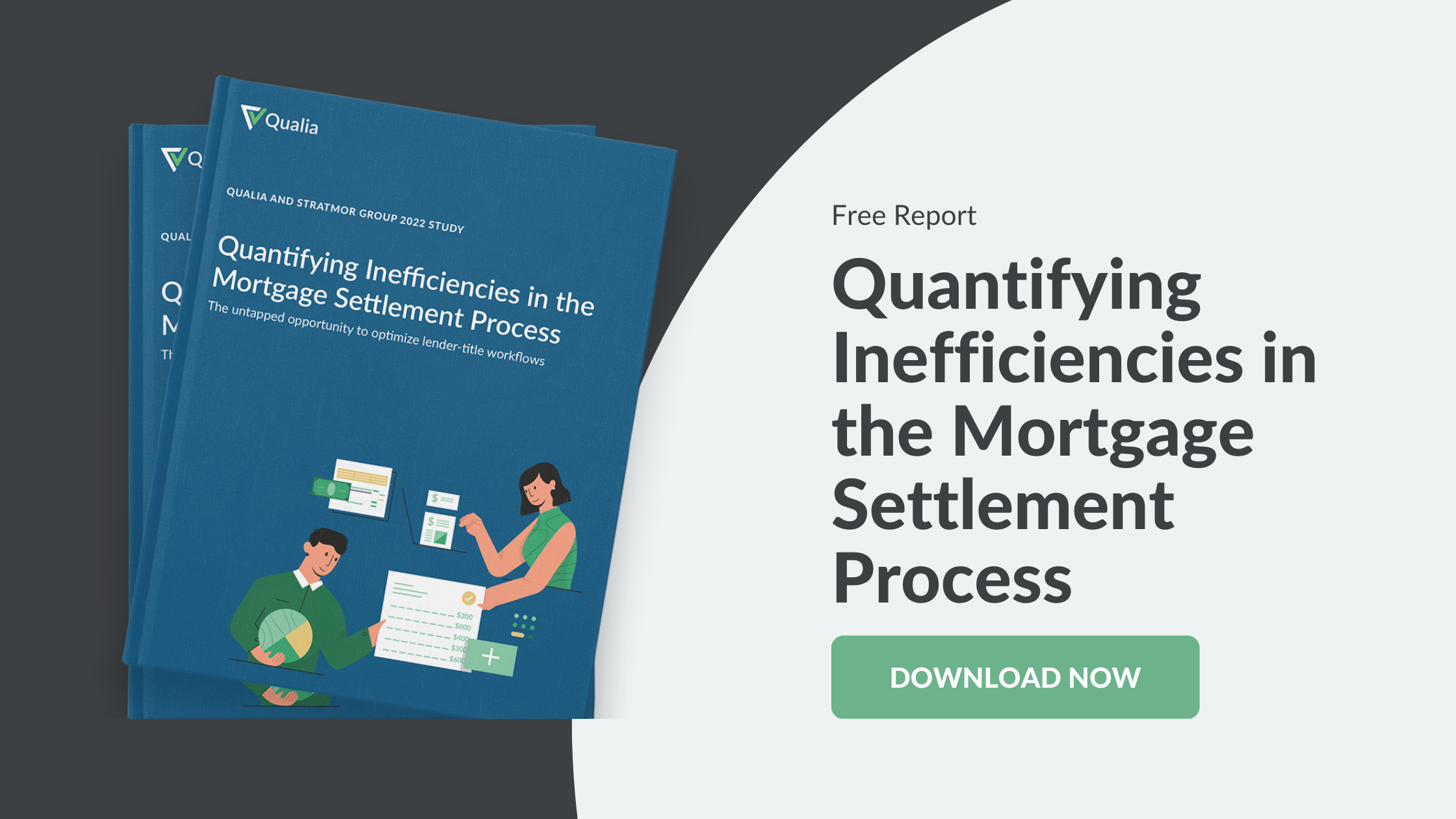The boom of the last two years has leveled out more in line with pre-pandemic era mortgage volumes. Total mortgage loans originated are expected to decline from $4.4 trillion in 2021 to $2.7 trillion in 2022. In response, mortgage lenders are reintroducing old products and creating new ones to attract potential customers and encourage referrals.
Products that lenders are offering potential consumers
As transaction volume declines, lenders are turning back to tried-and-true tactics from prior years. Take the resurgence of adjustable rate mortgages (ARMs), for example. Prices of many homes are above Fannie Mae and Freddie Mac’s conventional loan limits. As a result, the total amount of jumbo loans reached $135 billion during the second quarter. Subsequently, lenders actively solicit clients seeking jumbo ARMs by offering enticing features like no-cost refinancing after a set period.
The growth in cash-out refinancing and home equity line of credit (HELOC) has also caught the attention of lenders who are expanding their focus beyond traditional purchase volume. Home prices weren’t the only asset on the rise—equity among existing homeowners also saw the stars. According to the Federal Reserve, U.S. home equity hit $27.8 trillion in the first quarter, up 20% from the previous quarter. Because of this, several lenders now provide cash-out refinancing and HELOCs. For example, Rocket Mortgage, a new player in the home equity loan market, offers homeowners between $45,000 and $350,000 of their home’s equity with a fixed-rate, 10- or 20-year fixed-rate loan while maintaining at least 10% equity in their home. And in July, Guaranteed Rate also started offering a digital HELOC with a fixed rate and a fixed term of up to 30 years.
Home builders are also enticing potential homebuyers. Many are offering several concessions, such as providing borrowers with money towards closing costs. This incentive is conditional on borrowers sticking with their preferred lender.
How lenders can ensure new products and incentives are successful
Offering enticing products to borrowers is only one piece of the puzzle for lenders to compete in today’s market. Before offering products and incentives, lenders must cultivate borrowers’ trust.
In a recent episode of Qualia’s Mortgage Minutes podcast, we spoke with Julian Hebron, founder of The Basis Point, about how lenders could earn that homebuyers’ trust. Hebron encouraged lenders to become trusted advisors by educating prospective borrowers about inflation indexes and opportunities to finance a home with greater confidence. Lenders can be seen not as vendors but as trusted allies who have the homebuyer’s best interests at heart.

Extending the borrower experience and trust through closing
To further build trust with borrowers, lenders must continue to offer transparency throughout the remainder of the transaction process. To date, lenders haven’t been able to deliver a completely transparent borrower experience because they lack control and visibility over aspects of the closing process handled by other vendors, like settlement companies.
According to a Qualia and STRATMOR Group study published earlier this year, 98% of lenders agree that coordination with title companies is “important” or “very important” for borrower experience. Yet, with the lack of control over their workflows and visibility into the title and escrow workflows, the borrower experience suffers.
In the study, 1 in 4 respondents reported spending roughly 75% of their time communicating with title companies. Additionally, 1 in 4 reported making more than 30 emails or phone calls per loan. This shows that settlement partners and lenders share information inefficiently, leaving borrowers waiting for loan processing updates. Automating information exchange can eliminate the necessity for back-and-forth communication, allowing borrowers to instantly see the status of their loan. Also, automating operations enables lenders more control by ensuring consistency across settlement companies.
Using technology meant for the lender-settlement workflow can completely get rid of inefficiencies. This technology will allow lenders to gain the workflow control they need to increase production. They will also gain the visibility they need to keep borrowers informed of updates and changes that affect their loan.



